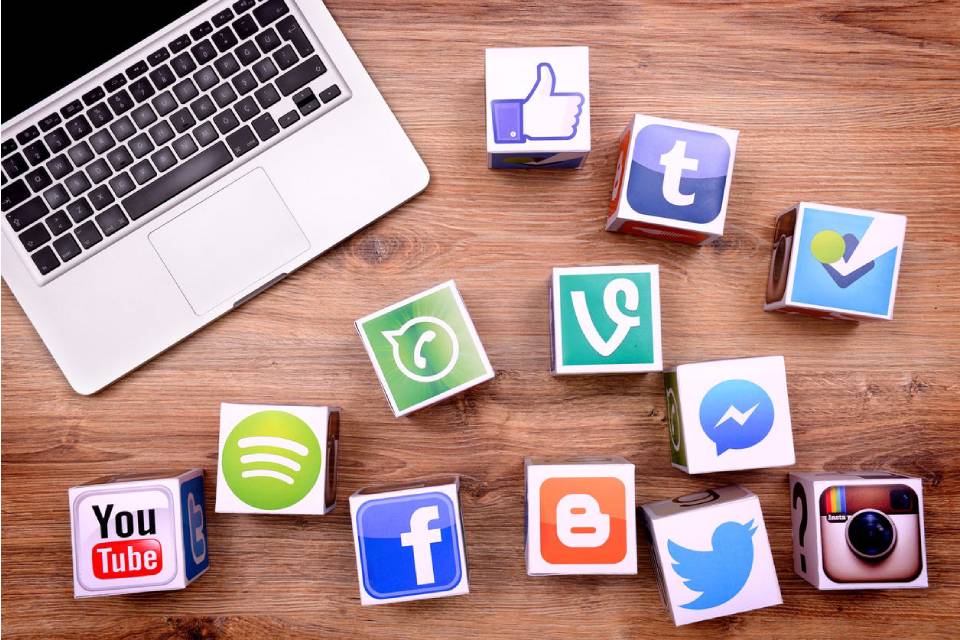Motherhood comes with its fair share of exhaustion, and once the clock strikes half-past-ten at night, hell hath no fury like a mom whose child isn’t in bed. I know, because I belong to the fraternity. It’s not just about catching up on rest, it’s also about that most revered ‘me’ time that every mother looks forward to. This can mean different things to different mothers; for me, it means an undisturbed few minutes of browsing through social media on my phone before I end the day.
Social media has reared its ugly head everywhere. Even during my work hours (hey, my work demanded it, okay). Whenever I opened to look at ‘something’ for ‘some’ reason, I ended up looking at that and 10 other ‘somethings’ for no reason at all!
Soon, I started waking up with a niggling pain in my arms and headaches became common. I’d read (over Twitter on my phone of course) that singer Ariana Grande had quit social media to avoid all the negativity it brought with it, following her break-up with Pete Davidson. I had begun with reading about the AQI in the capital. That led me (inexplicably!) to KJo’s new season on TV, then Nick Jonas and PeeCee posting some ‘aww’-worthy pics and then to this news!
“The Internet is a confirmation bias machine,” states Jeff Bezos, and leaders are trying their best to tackle this known devil. I was itching to try this social media detox that every celeb was talking about. I asked my friend and IT professional Jaysree Vijay, who was detoxing from most media platforms except for one, what it was like. “Helps me connect with the silence inside,” she said.
I was intrigued, and wanted to give it a shot. I started with baby steps by first monitoring my cell phone usage on a daily basis, and thanks to apps such as Freedom/Space/App Detox, I clearly knew where I stood: at 5 hours, 9 minutes a day. Scary!
“You’ll feel awesome once you try it,” Jaysree’s words rang in my ears, and I started reducing my mobile usage, rather than totally disconnecting from it, which I thought impractical. Here’s what I learnt:
I started by disabling all push notifications. Nothing is that important.
When at work, I clearly marked my ‘no distraction’ time — during the morning hours, for instance, when the chunk of the work happened.
I kept my eyes on the prize. If my goal was to finish a task and then relax and use social media, I did just that.
Most important: I disabled Wifi and 4G when heading to bed, and made sure to switch it on only after I relished my first cup of coffee the next day. Staying away from these notifications and messages will give you a sense of freedom.
I deleted apps that I hadn’t used in a long time.
I created ‘no-phone’ minutes in a day: dinner time, when watching my favourite cartoon with my child, while reading a book at bedtime, or during workouts. When I was using a particular app, like one I’d use for my workout, I’d disable other modes, to ensure I wasn’t distracted.
I’m not sure if it improved my emotional and mental wellness — research says that people who controlled or stopped the urge to comment or post social updates on their connection’s wall, actually fared better in this area.
But I do know it wasn’t easy. I felt that I was in ‘control’ mode through the day. It took too much willpower and I felt conflicted: sometimes I felt that I was missing out on the world’s updates, and at other times, I felt proud of what I was doing. I know it takes 21 days to form a new habit or break an existing one. The next time, I hope I get it right!

